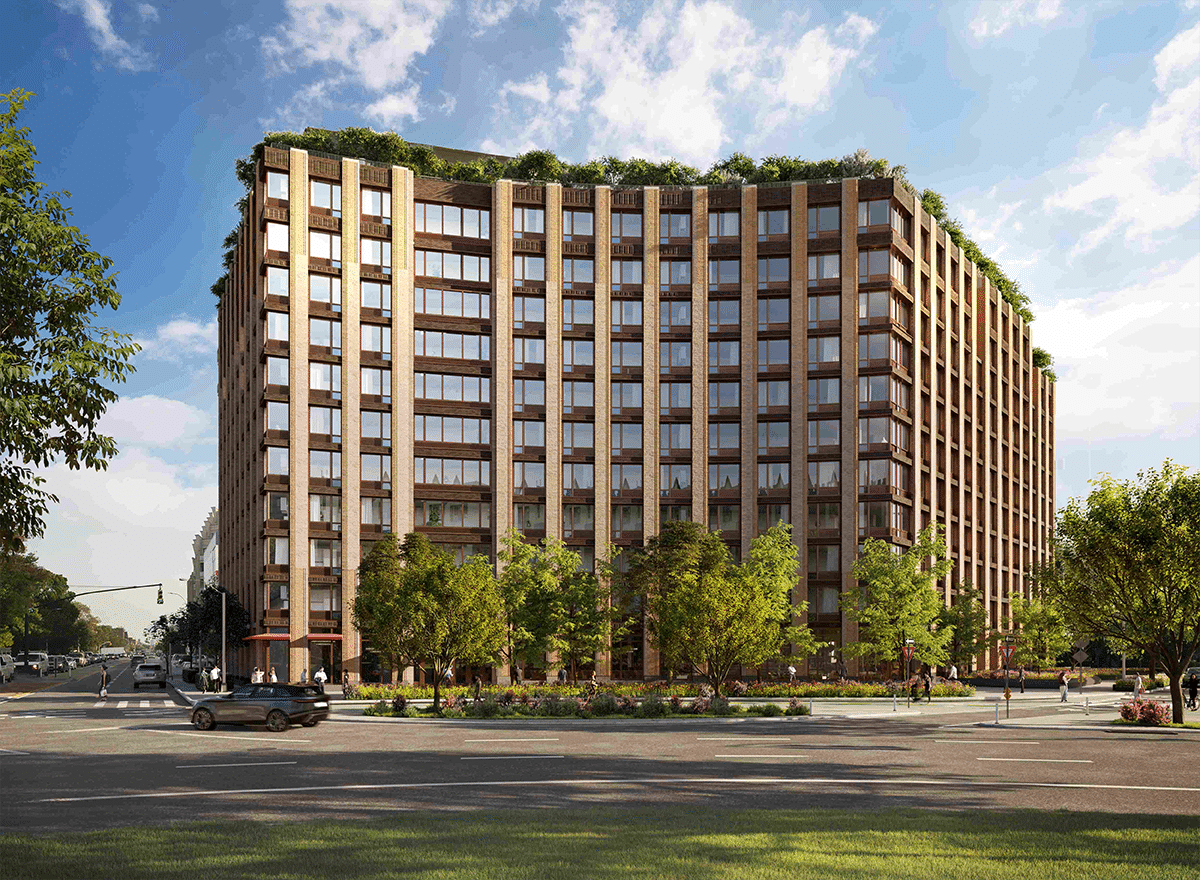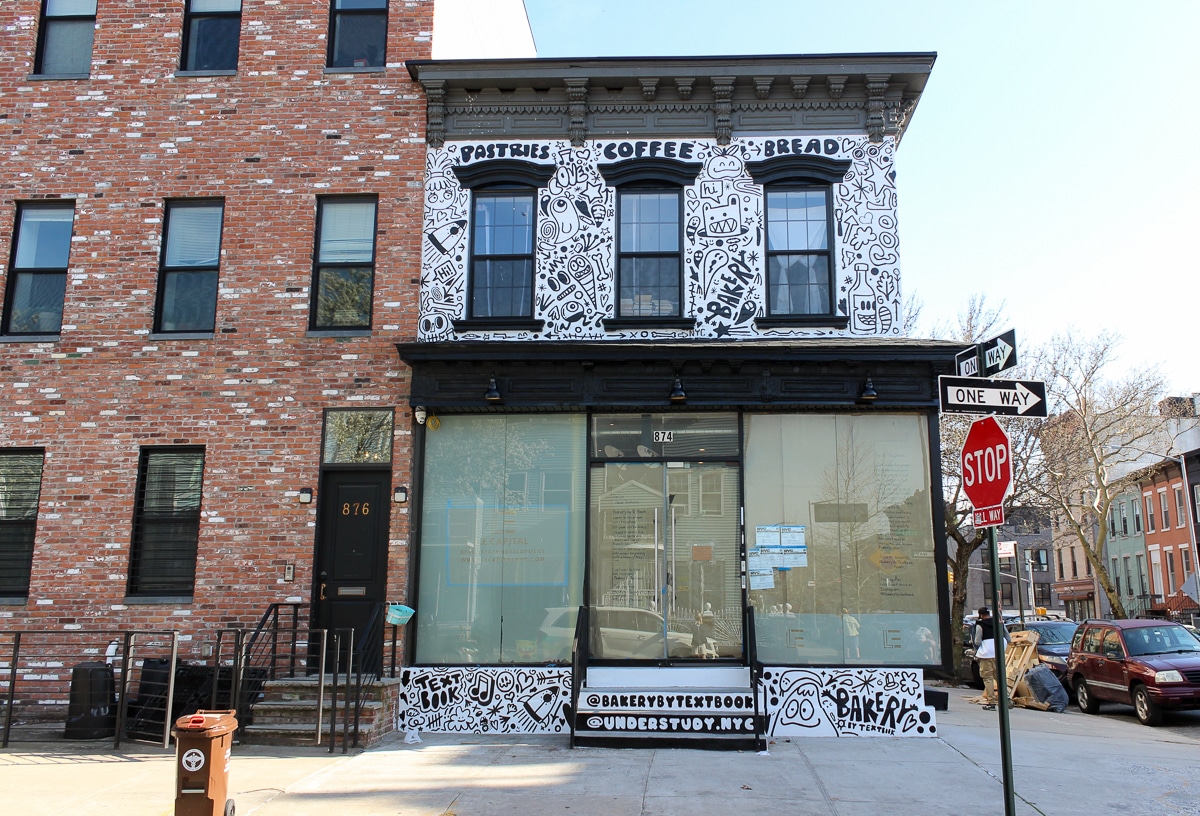Walkabout: The Master of the Pangymnastikon, Avon C. Burnham
Read Part 2 of this story. Does this sound familiar? “As a result of the Industrial Revolution, there arose a perception that members of the middle classes were suffering from various ‘diseases of affluence’ that were partially attributed to their increasingly sedentary lifestyles.” The author of this quote, H. Sharadrao, could have been talking about…


Read Part 2 of this story.
Does this sound familiar? “As a result of the Industrial Revolution, there arose a perception that members of the middle classes were suffering from various ‘diseases of affluence’ that were partially attributed to their increasingly sedentary lifestyles.” The author of this quote, H. Sharadrao, could have been talking about today, but he wasn’t, he was talking about post-Civil War America.
After the war, as Americans in cities, especially, settled back into their jobs and careers, many of the members of the moneyed classes found themselves tied to their counting houses, offices and desks, unable to be as physically active as they may once have been. Like today, they had no time.
Public transportation also added to the lessening of physical activity. Where one might have walked several miles daily to and from work in the past, they could now hop on a horse drawn streetcar or later, an electrified trolley, or an elevated train, and not have to walk much at all.
Added to this were increasing new urban amenities such as the introduction of restaurants with foods from other lands, and more cafes and restaurants in general, tying into a growing number of theaters and nightlife activities. There were also improvements in food storage, packaging and preparation. America, which had just won a war between the States, was going to lose the battle many of its people were fighting with avoirdupois. The modern war of the waistline had begun.
Then, just as now, there were the proponents of physical fitness and healthy eating. They were called physical culturists, and they brought to the table regimens of exercise and healthy living gathered from the ancient cultures of Greece and Rome, as well as newer philosophies developed in several European countries.
They promised to make you a whole, physically fit man, woman or child. Here in Brooklyn, the greatest proponent of physical fitness was an extremely dedicated and multi-faceted man named Avon C. Burnham. For more than sixty years, he helped Brooklynites become leaner, more muscular, strong and nimble, but well-rounded in the arts, and social graces. This is his story.
First a little background about 19th century physical activities. German immigrants fleeing their own civil unrest in the German city/states were streaming into American ports of call in the pre-Civil War years, beginning in the late 1940s. We celebrate the many things they added to American culture, most notably lager beer, but they also brought something just as important to the cultural mix: a love of gymnastics and physical fitness. That love began in the early 19th century when a Prussian military drill instructor, Frederich Ludwig Jahn, established the first Turn Verein clubs in Germany in 1811. Turn Verein means “gymnastic club.”
These were gymnastic clubs with a very nationalistic bent. Jahn had been in the military when Prussia fought Napoleon Bonaparte, and he was convinced that Germany’s men had grown soft and undisciplined. Germans were better than that. Only rigorous physical exercise could strengthen mind and body, and uphold the glory of the German people and the German state. He began a series of exercise regimens and invented new equipment and programs to get the army in shape. He then turned to the population in general, and established his gymnastics clubs.
Now German nationalism has always gotten Germany in lots of trouble, and it was no different here. Jahn’s clubs grew in popularity throughout the country, but their nationalism scared the authorities and before long, Jahn himself was arrested. In 1819, his clubs were closed, and he was left to stew in prison for a year. A conditional release forbad him from ever living in a town with a university or any kind of secondary school ever again. But later, the political winds changed, and in 1840 he was awarded the Iron Cross for military bravery, and his Turn Verein clubs were allowed to open again. He died in 1852.
Jahn is credited with being the “father of modern gymnastics.” He invented the parallel bars, the uneven bars, the rings, the balance beam and the horse, all standards in today’s gymnastic programs. He was also ahead of his time in encouraging physical exercise for women and girls.
When German immigrants came to this country, they brought their Turn Vereins with them, and here in the US, they became not only fitness clubs, they were cultural and educational centers, teaching new immigrants English and teaching them how to succeed in America. As the years passed, the name changed from the Turn Verein to the Turners. They still exist today. The largest of these clubs in Brooklyn was in Bushwick, and was written about in this Walkabout piece.
Others in America jumped on the physical fitness bandwagon. The Young Men’s Christian Association, the YMCA, opened its first gym in Boston in 1851. The YMCA came to Brooklyn in 1853, but didn’t have a gym facility until it built its own branch on Fulton St. and Gallatin Place in 1866. By 1885, they had expanded to a new facility further down Fulton Street, this one containing the first indoor pool the organization ever had. An expanded history of Brooklyn’s YMCA’s can be found here and here. The popularity of exercise was growing.
The first gymnasium in America was opened in 1823, in Roundhill, Mass., by George Bancroft and Joseph Cogswell , who hired a German to run the place. The first all-around strength training facility was opened by a Harvard Medical School graduate named George Barker Windship. He incorporated heavy lifting movements and strength training equipment to promote the idea that “Strength is Health.” Unfortunately, he died of a massive stroke at the age of 42, which was pretty bad advertising for his business. It would take many years and a devastating war to really bring people back around to exercising.
Schools and churches began having physical education programs. In Brooklyn, the more elite schools like the Polytechnic Institute and other private schools began having physical education classes. Physically healthy and fit young scholars were better suited to the challenges of the world, having been honed in mind and body. The German Kindergarten programs were also becoming popular in the educational sector, and educators on all levels were realizing the importance of physical education in schools, beginning at an early age, for both boys and girls.
Meanwhile, Protestant and Catholic churches were embracing the concept of “muscular Christianity,” where the ideal Christian man was all he could be, mentally, morally, and spiritually. He was able to discipline his body in order to protect the weak and vigorously spread the Gospel. Churches also began having physical fitness programs, or encouraged their members to join a public gymnasium. Even the pastors were joining gymnasiums. Here in Brooklyn, beginning as early as 1864, the gym to belong to, whether pastor or layman, student or adult; man, woman or child, was Avon C. Burnham’s Academy of Physical Culture and Gymnasia.
Avon C. Burnham was born in New Brunswick, Nova Scotia in 1837. He came to Brooklyn as a child with his parents, John and Anna Burnham. His father was a ship’s chandler in Lower Manhattan. As a boy, Avon worked with his father, restocking ships with the necessary equipment to run it; such as ropes, tar, tools, mops, paper, etc. He became interested in physical culture as a teenager, and turned that fascination into a business. As a young many in his early 20’s, he opened his first gymnasium on Boreum Place and Fulton Street, where the Brooklyn Law School is now.
The gymnasium was upstairs on the second floor of a building that ran much of the length of the old Hall of Records, which would replace it, and was itself replaced by the Brooklyn Law School and Plaza. When one entered the door of the establishment, he or she would find themselves in a hall filled with all kinds of gymnasium equipment. Using that equipment were both men and women, along with young men and young girls, in separate classes, of course. Fathers and sons, mothers and daughters, many from the best families, came to exercise, using ropes and pulley exercise machines, Indian club exercises, dumbbells and weights, the parallel bars, ropes, and other equipment . He called the facility the “Pangymnastikon.”
Avon Burnham would be among them, teaching classes, and encouraging his pupils. He had classes for individual age groups and sexes, and had his pupils gather once a month for an exhibition program, where they showed their stuff, participating in demonstrations of strength, agility, and gymnastic feats of grace and skill. There were always people in this program who were counted on to dazzle and amaze, which they did to the crowd’s great enjoyment.
He had a reception and party afterwards, and his students would also gather at other times for card parties, lectures, concerts, dances and other social events. Belonging to the Avon C. Burnham Gymnasium was like being in the best social club, with never a dull moment. Since most of his pupils were well-to-do, the Burnham parties were reported in the papers all the time.
Avon Burnham married Amelia E. Burnett, the daughter of a prominent attorney named William S. Burnett. They had three sons; Avon Clifford, Jr., Arthur Louis, and Walter B. Burnham. After only a few years, the first gym was far too small and crowded, and Avon decided to build a very large new gymnasium just down the block from the first, on the corner of Smith and Schermerhorn Streets.
Some records say the new building was built in 1864, but that is the date for the first gym. This new facility was a large sprawling building with two Mansard roofed fourth stories on both end, and a set –back dormer in the center. The gym took up two entire floors and the basement, with ground floor retail space. It was finished in 1870, and opened with great fanfare.
The official name of the institution was Avon C. Burnham’s Academy of Physical Culture and Institute for the Practice of the Swedish Movement Cure. As he said in his advertising, the building was “the largest and most complete institution of its kind in the world, combining within its walls 1. Gymnasia, 2. Bowling alleys, 3. Movement cure.
“ The building had a calisthenics hall, gymnastics hall, an Eight lane bowling alley and both Turkish and Russian-style baths, as well as locker rooms and lounges. He also had a dancing academy. In 1870, Avon C. Burnham had much to be proud of and a long future ahead of him. He was one of the best-known men in Brooklyn. It was smooth sailing down the river of physical fitness. Or was it?
The Swedish Movement Cure sounds a bit stimulating doesn’t it? Well, if you want to know what it was, and what happened to Mr. Burnham and his gym, you’ll have to read Part Two, on Thursday. The Burnham Gymnasium and Avon C. Burnham have several more stories to tell. GMAP
(Advertisement for Avon Burnham’s first gymnasium on Fulton Street and Boreum Place, 1864. Illustration: New York City Bar Association)










I love that opening photo it looks like scary fun…